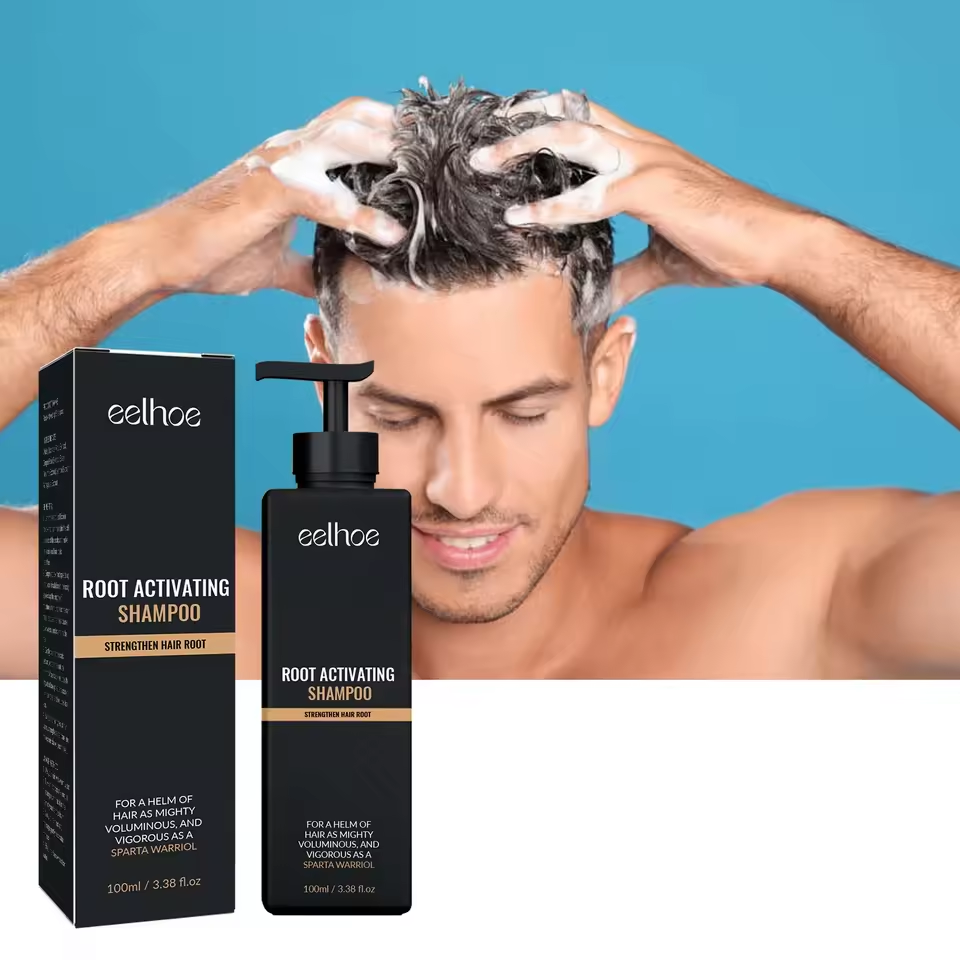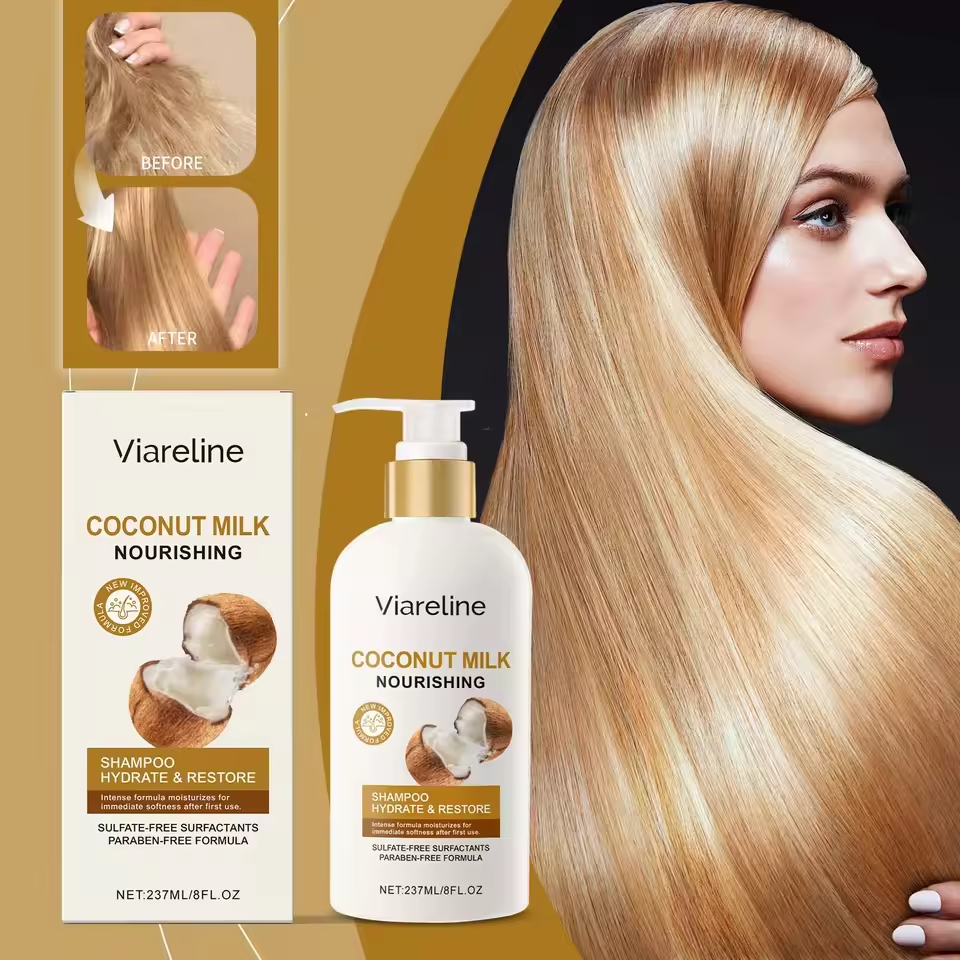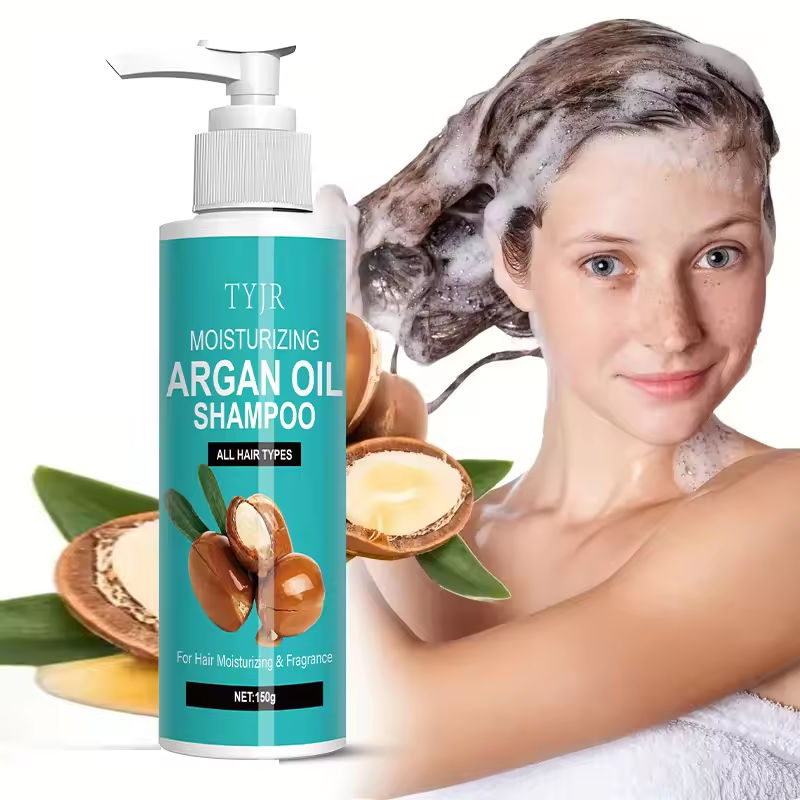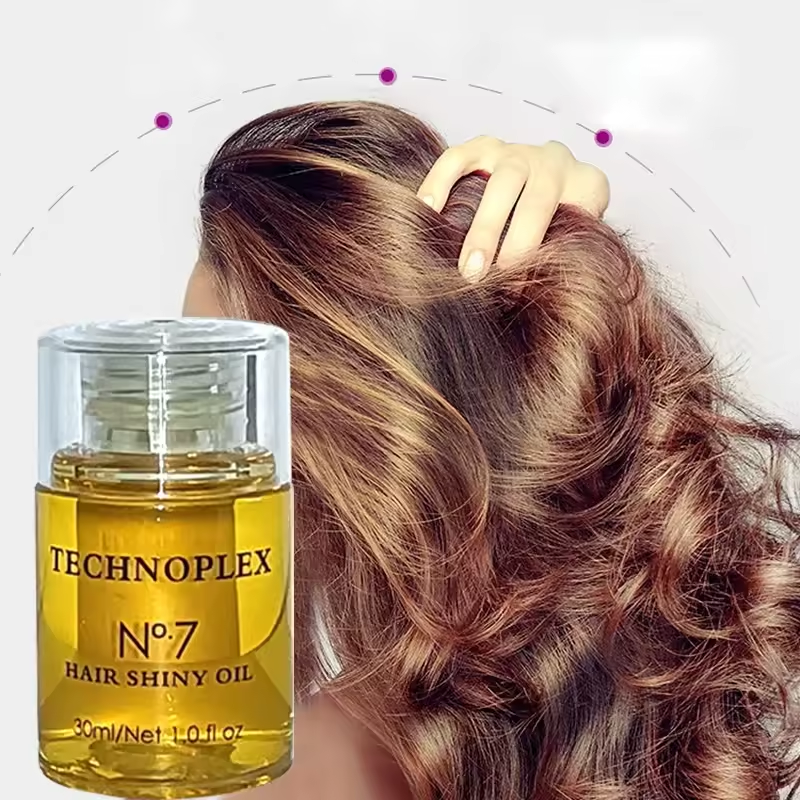Healthy hair is beautiful hair! Whether your hair is straight, curly, short, or long, a good hair care routine is essential for keeping it looking and feeling its best. Two key products in any hair care routine are shampoo and conditioner, but what exactly do they do, and how are they different? This article dives into the world of shampoo vs. conditioner, explaining their functions, benefits, and how to use them for healthy, manageable hair.
Shampoo: The Cleanser
Shampoo is like a hardworking cleanser for your scalp and hair. Here’s a closer look at its benefits and how it works:
Removes Dirt and Oil Buildup:
Throughout the day, your scalp naturally produces oils, and hair can trap dirt and styling products. Shampoo helps remove this buildup, leaving your hair feeling clean and fresh.
Prepares Hair for Conditioning:
Shampoo removes any residue on the hair shaft, allowing conditioner to better absorb and coat the hair for maximum benefit.
Types of Shampoos:
There are many types of shampoos available, formulated for different hair types and needs. These include clarifying shampoos for oily hair, moisturizing shampoos for dry hair, and volumizing shampoos for fine hair.
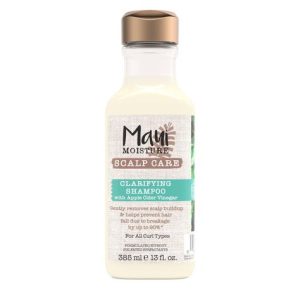
How to Shampoo Properly
Shampooing correctly helps cleanse your hair without stripping it of natural oils:
-
Wet your hair thoroughly with warm water.
-
Apply a dollop of shampoo to your palm, lather it up, and then massage it gently into your scalp. Focus on the roots where dirt and oil tend to accumulate.
-
Work the lather down the length of your hair, but avoid scrubbing harshly.
-
Rinse your hair thoroughly with clean water until all shampoo residue is gone.
Conditioner: The Hydrator
Conditioner acts like a moisturizer for your hair, adding hydration and manageability. Here’s why it’s important:
Provides Moisture:
Conditioner coats the hair shaft, adding moisture and preventing dryness and frizz. This is especially important for dry, damaged, or color-treated hair.
Improves Manageability:
Conditioner makes hair smoother and detangles knots, making it easier to comb or brush through wet hair without breakage.
Adds Shine and Softness: Conditioner helps reflect light off the hair shaft, leaving hair looking shinier and feeling softer to the touch.

How to Condition Properly
Conditioning your hair after shampooing provides essential moisture and manageability:
-
After rinsing out shampoo, apply conditioner to the mid-lengths and ends of your hair. Avoid applying conditioner directly to the scalp, as this can weigh down hair.
-
Gently comb through your hair with a wide-tooth comb to distribute the conditioner evenly.
-
Leave the conditioner on your hair for a few minutes, according to the product instructions.
-
Rinse the conditioner thoroughly with cool water to seal the hair cuticle and lock in moisture.
The Great Debate: Shampoo vs Conditioner Together or Separate?
Can you use shampoo and conditioner together? Absolutely! While some hair care routines involve a co-washing method with a single cleansing conditioner, most hairstylists recommend using shampoo and conditioner as separate steps:
-
Shampoo first to cleanse the scalp and hair.
-
Conditioner second to add moisture and manageability.
This two-step process ensures your hair gets the cleaning and hydration it needs for optimal health.
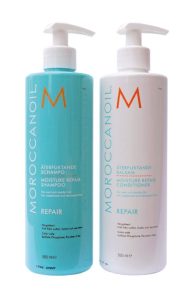
Choosing the Right Shampoo vs Conditioner for You
With a wide variety of shampoos and conditioners available, choosing the right ones depends on your hair type and needs:
-
Consider your hair type: Dry hair benefits from moisturizing formulas, while oily hair might need a clarifying shampoo.
-
Address specific concerns: Look for shampoos and conditioners formulated for color-treated hair, damaged hair, or dandruff control.
-
Read labels carefully: Pay attention to the ingredients and choose products suitable for your hair type and concerns.
Shampoo and conditioner are both essential parts of a healthy hair care routine. Shampoo cleanses the scalp and hair, while conditioner hydrates and adds manageability. By understanding their functions and using them properly, you can keep your hair clean, healthy, and looking its best. So, don’t skimp on these hair care heroes – find the perfect shampoo and conditioner duo for your hair type and enjoy the benefits of a healthy and beautiful mane!

The Conditioner Debate: Everyday Use or Special Treatment?
There’s some debate around how often you should condition your hair. Here’s a breakdown of different approaches:
-
Daily Conditioning: For people with dry, damaged, or curly hair, daily conditioning can help replenish moisture and maintain manageability.
-
Less Frequent Conditioning: Those with oily hair might find that daily conditioning weighs down their hair. Conditioning every other wash or focusing on the mid-lengths and ends can be helpful.
-
Deep Conditioning: For extra moisture and repair, deep conditioners are recommended once or twice a week. These thicker formulas penetrate the hair shaft more deeply than regular conditioners.
Listen to your hair’s needs and experiment to find a conditioning routine that works best for you.
Going Green: Natural Alternatives
Looking for natural hair care options? Here are some alternatives to traditional shampoos and conditioners:
-
Natural Cleansers: Apple cider vinegar rinses or shampoos made with natural ingredients like rhassoul clay can gently cleanse the scalp.
-
Deep Conditioning Treatments: Natural oils like coconut oil or avocado oil can be used as deep conditioners for added moisture and shine.
-
DIY Hair Masks: Experiment with DIY hair masks made with ingredients like yogurt, honey, or bananas for a boost of hydration.
Remember to do a patch test before applying any new product to your hair or scalp to check for allergic reactions.
Beyond the Bottle: Hair Care Habits for Healthy Hair
Healthy hair goes beyond just shampoo vs conditioner. Here are some additional hair care habits to consider:
-
Gentle Brushing: Brushing your hair regularly helps distribute natural oils and remove loose hair. Use a wide-tooth comb or a detangling brush to avoid breakage, especially on wet hair.
-
Heat Styling with Caution: Minimize heat styling with blow dryers, straighteners, or curling irons. When using heat, apply a heat protectant spray to minimize hair damage.
-
Trims for Split Ends: Regular trims (every 6-8 weeks) can help remove split ends and prevent further damage from traveling up the hair shaft.
-
Balanced Diet and Hydration: Healthy hair starts from within! Eating a balanced diet and staying hydrated can contribute to overall hair health.
By incorporating these habits into your routine, you can complement the benefits of shampoo and conditioner for healthy, beautiful hair.
Conclusion
Shampoo and conditioner are valuable tools for maintaining healthy hair. By understanding their functions, using them properly, and choosing the right products for your hair type, you can achieve healthy, manageable, and beautiful hair. Whether you prefer a traditional routine, explore natural alternatives, or experiment with conditioning frequency, listen to your hair and create a hair care regimen that keeps your locks happy and healthy!



